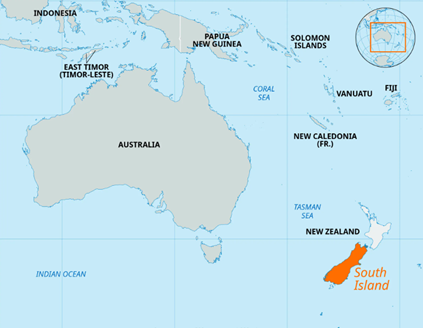Prelims – General science.
Mains – GS III | Awareness in the fields of IT, Space, Computers, robotics, Nano technology, bio-technology.
A recent study published in Nature Astronomy suggests that the earliest stars, known as Population III stars, were significant sources of water in the universe.
Water is the third most abundant molecule in the universe, after hydrogen and carbon monoxide.
The longevity of a star depends on its mass. More massive stars die faster. The more the mass of the star, the more heat it has and thus die faster than the star with lesser mass.
The Hindu | The Universe's First Water
Prelims – Economic and Social Development.
Current events of national and international importance.
Mains – GS II | Indian Economy and issues relating to planning, mobilization of resources, growth, development and employment.
Recently, Public Accounts Committee (PAC) has recommended the Finance Ministry to undertake a comprehensive review of the GST framework to identify and eliminate unnecessary procedures and requirements that complicate compliance.
|
Goods and Services Tax (GST) |
|
The Hindu| PAC’s Comprehensive Review of GST
Prelims – Current events of International Importance
Mains – Important Geophysical Phenomenon
A strong 6.7 magnitude earthquake struck off New Zealand’s South Island recently.

Prelims – History of India
Mains – Significant issues in Modern Indian History
Maharashtra Chief Minister Devendra Fadnavis recently said that the Third Battle of Panipat was a testament to the bravery of the Marathas and not a reminder of their defeat.
|
Maratha Empire |
Coalition of the King of Afghanistan, Ahmad Shah Durrani with 2 Indian Muslim allies - Rohilla Afghans of the Doab, and Shuja-ud-Daula, the Nawab of Oudh. |
The Hindu | Third Battle of Panipat
Prelims – General issues on Biodiversity
Mains – Biodiversity
Parties to the Commission on Genetic Resources for Food and Agriculture gathered in Rome for their 20th meeting (CGRFA-20).
|
International Treaty on Plant Genetic Resources for Food and Agriculture (ITPGRFA) |
|
Down to Earth | Commission on Genetic Resources for Food and Agriculture
Prelims – Indian Polity and Governance.
Mains – GS I | Social empowerment, GS III | Government policies and interventions.
Union Labour Ministry has conducted a comprehensive data-pooling exercise in collaboration with the International Labour Organization (ILO).
Constitutional Provisions
Legal framework
Social security schemes to unorganized sector
|
One Liners 28-03-2025 |
|
History, Art and Culture |
|
Post Office Honors Mata Karma
|
|
"Baalpan ki Kavita" Launched Recently, Department of School Education & Literacy (DoS&E), Ministry of Education, launched "Baalpan ki Kavita" to preserve and promote Indian rhymes for young children, aligning with NEP 2020.
|
|
Geography |
|
Ancient Impact Crater Discovered Scientists have recently found Earth's oldest known meteorite impact crater in Western Australia's Pilbara region, dating back over 3.5 billion years.
|
|
Polity & Governance |
|
Telangana Adopts Central Organ Transplant Act Recently, Telangana has adopted the Transplantation of Human Organs and Tissues Act, 1994, replacing its 1995 legislation. This aligns the state with national standards and incorporates the 2011 amendments.
|
|
BHIM 3.0 Version National Payments Corporation of India (NPCI) has recently launched the BHIM (BHarat Interface for Money) 3.0.
|
|
Economy |
|
CBDT Increases Safe Harbour Threshold The Central Board of Direct Taxes (CBDT) has amended Income-tax Rules, raising the safe harbour threshold from Rs200 crore to Rs300 crore. This adjustment aims to reduce litigation and simplify transfer pricing compliance for taxpayers.
|
|
Environment |
|
Karnataka's Elephant Soft-Release Plan Karnataka will soft-release captured elephants into Bhadra Wildlife Sanctuary, aiming for their successful reintegration into the wild.
|
|
Science |
|
Lyme Disease Breakthrough Scientists have identified the BbLDH enzyme as critical for Borrelia burgdorferi, the Lyme disease bacterium, enhancing understanding of its survival and infectivity.
|
|
Miscellaneous |
|
New Pamban Rail Bridge Inauguration
|